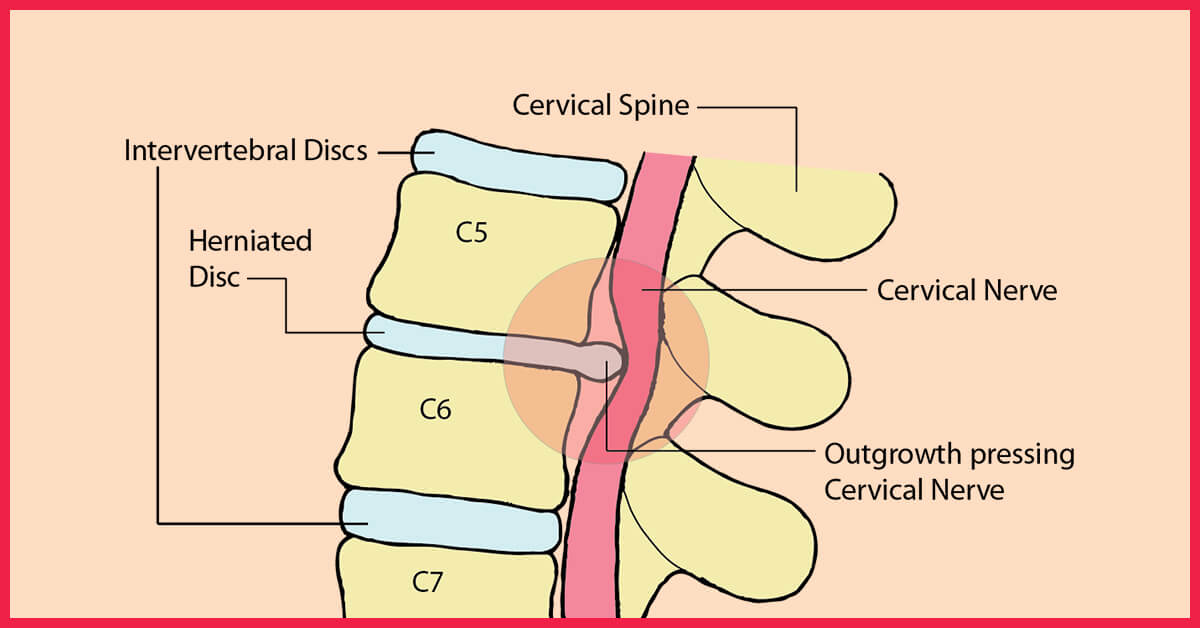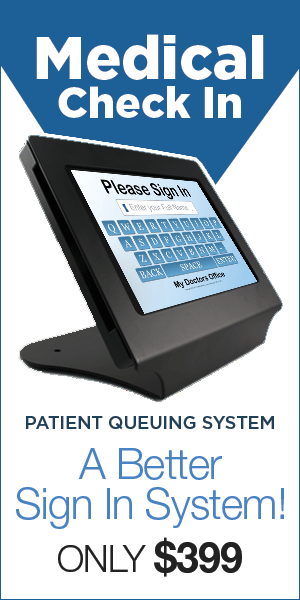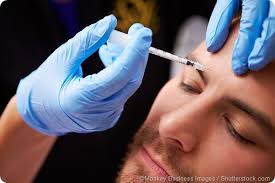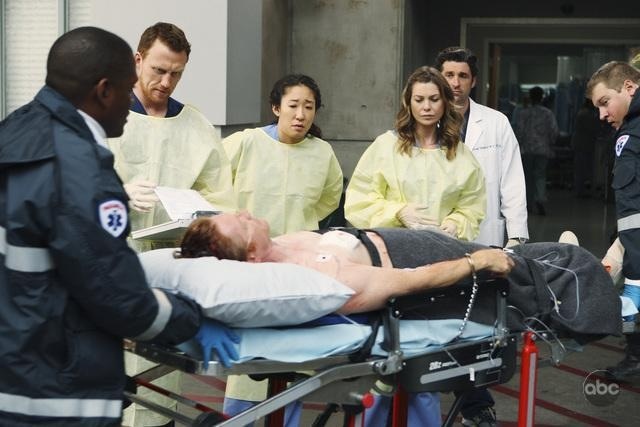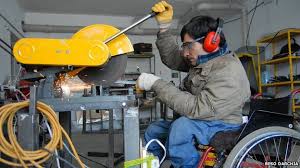Our vertebral column is formed by vertebrae, and between the individual vertebral bones, there are elastic and elastic discs, so that it seems to be in a position similar to a pile. These discs serve as cushions for the movements of the spine. They resemble a jelly donut, which has an outer core (fibrous ring) formed by concentric sheets of collagen fibre and the inner core (nucleus pulposus).
Unlike a herniated disc condition, in bulging discs, there is no tear or rupture in the resistant outer. Naturally, with age, these discs eventually wear out. The disc loses its shape and moves out of its normal position to the spine due to the pressure of the disc nucleus. Therefore, it is often called disk protrusion.
Changing lifestyle?
A herniated disc is a relatively common condition that rarely requires surgery. It is interesting to note that although 80% of adults will experience back pain, only 1-2% will require surgery.
Bulging discs are a common source of back pain and can be very damaging to people’s lifestyle. Sometimes this type of back pain can be relieved by moderate exercise and changes in the patient’s lifestyle. But when the lump grows to a point where these changes are no longer effective, alternative treatments must be used. So what is the best way to treat bulging disc pain?
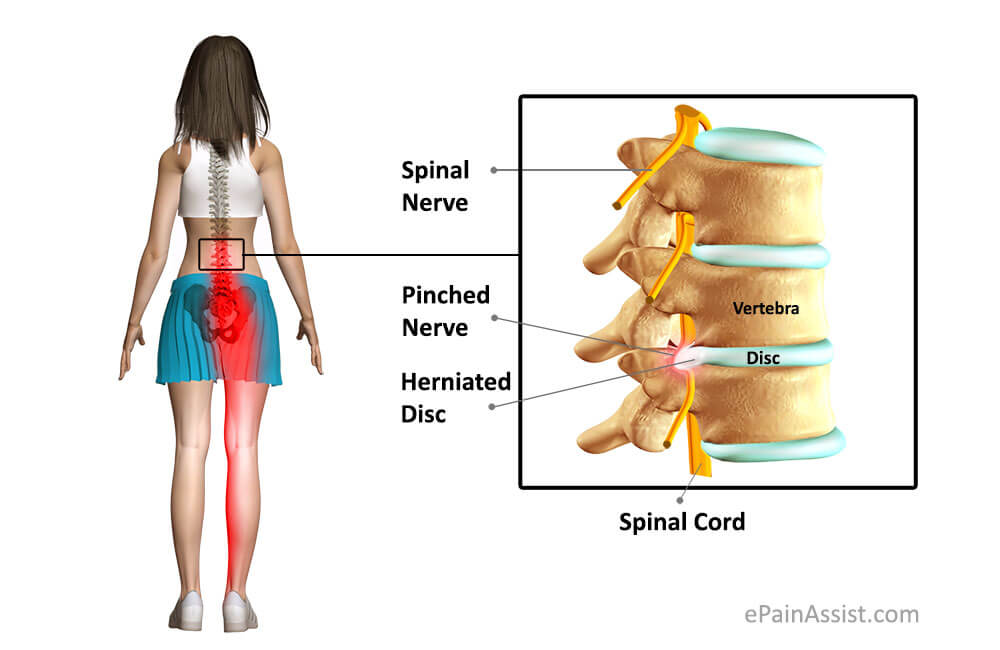
Non-surgical treatments for bulging disc
People may consider going to a physical therapist, a chiropractor or an acupuncturist. If necessary, the doctor will refer the patient to a physical therapist. Some bulging disc therapy includes passive treatments with cold or heat, deep tissue massage, electrical stimulation, and ultrasound.
These kinds of treatments will help the patient to prepare for therapeutic exercises, the active part of physical therapy. Many patients are helped by spinal manipulation by a chiropractor who makes moderate adjustments to help restore the function of the spine. While acupuncture can control pain, it should be combined with other treatments such as exercise.
Depending on the location and severity of the condition, conservative treatments are usually performed before considering any surgical procedure. However, if there is no improvement in the patient’s condition, the doctor will advise surgery.
Symptoms
The most common symptoms of bulging disc are the following:
- Localised pain
- Numbness
- Weakness
- Tingling sensations
- Muscle spasms
- Loss of motor skills
Bulging disc causes
A bulging disc is a common disease that is usually found in middle-aged people. It occurs when the pressure of the inner core of the disc causes the outer wall to protrude into the spinal column, which can cause pinched nerves that cause numbness, weakness and tingling in the arms and hands to the fingers and down the extremities.
- Ageing
- Spinal trauma
- Genetics
- Of smoking
- Poor nutrition
- Bad posture
Bulging disc or herniated disc?
When it comes to bulging discs or herniated discs, these have to be evaluated carefully. Usually, it is mistakenly considered to be the same as a herniated disc, but there is a difference. It is much less serious and in most cases shows no symptoms. Therefore, it is possible that people have a bulging disk without realizing everything. However, it is possible that the protruding disc may cause a pinched nerve or eventually cause a herniated disc condition that can cause unbearable pain in the neck to the arms and fingers and also in the lower extremities.

